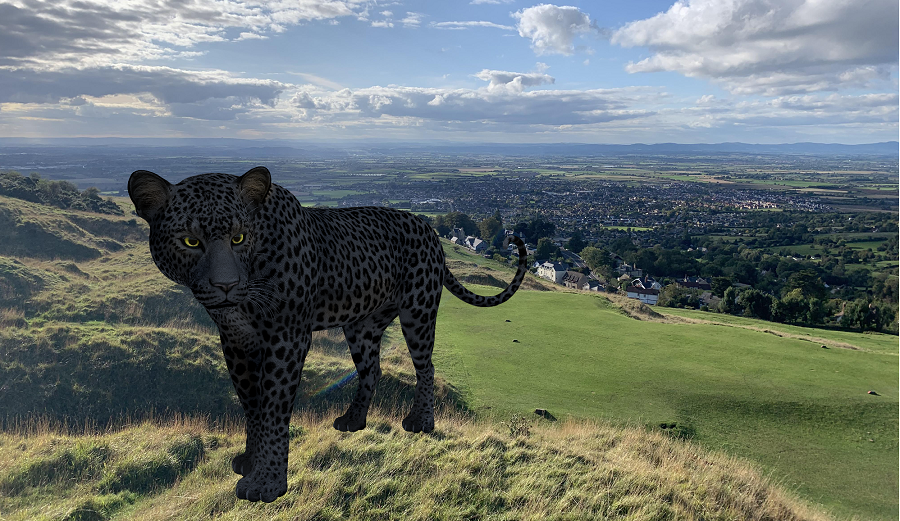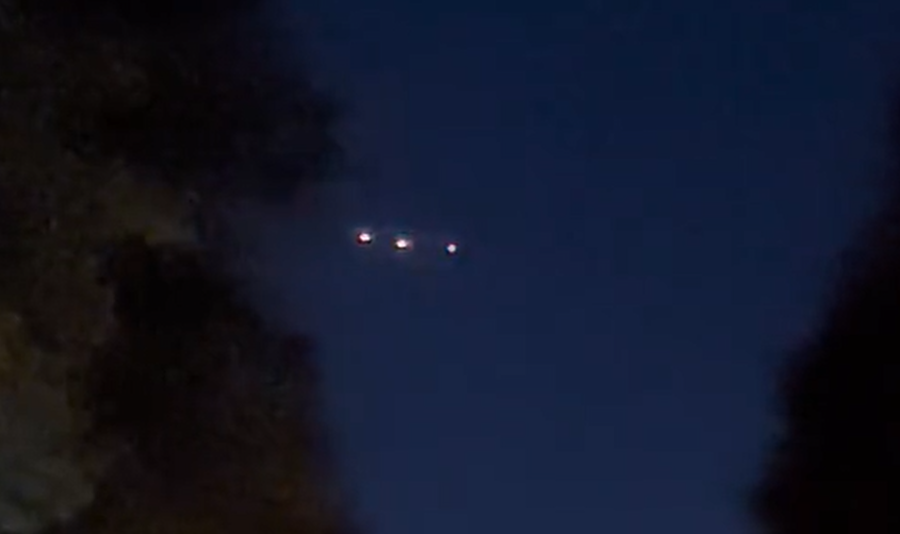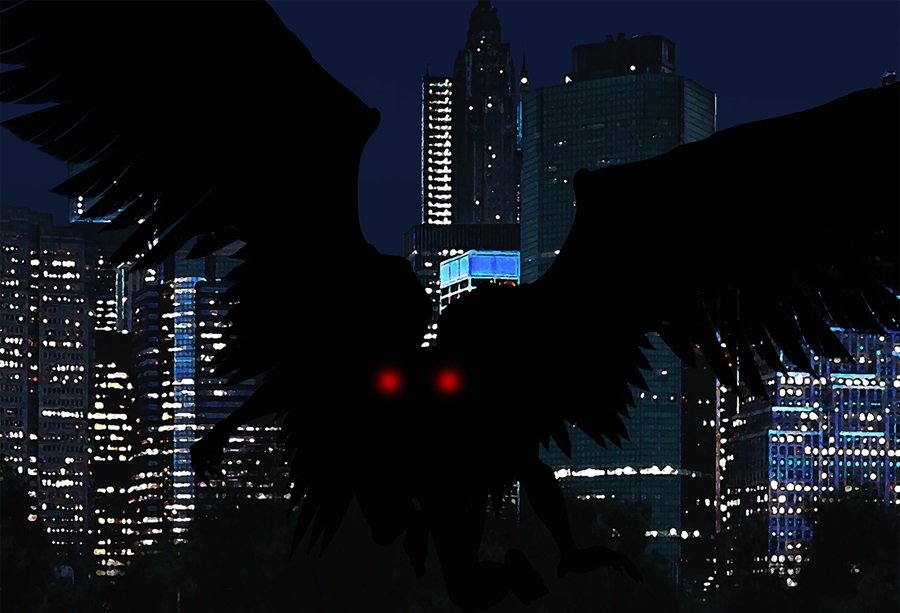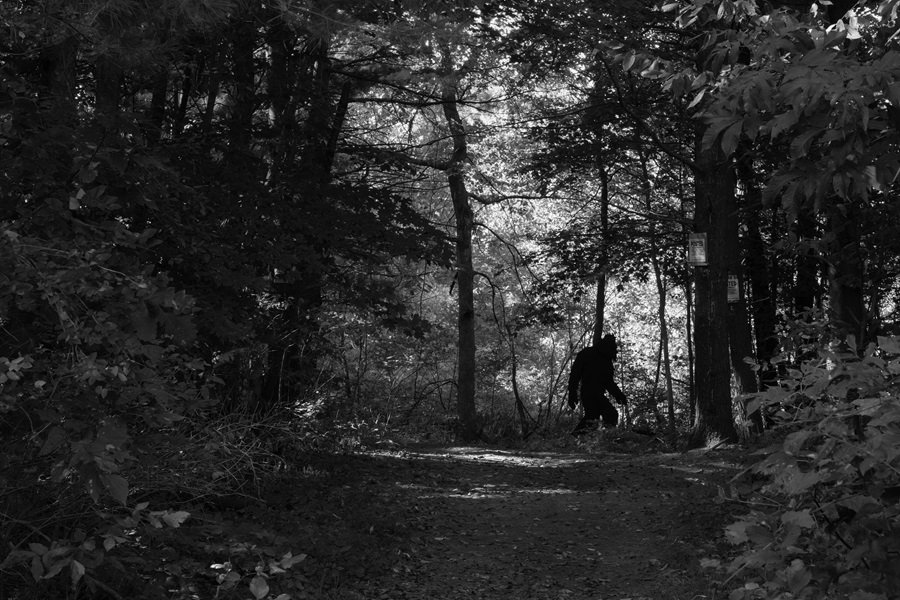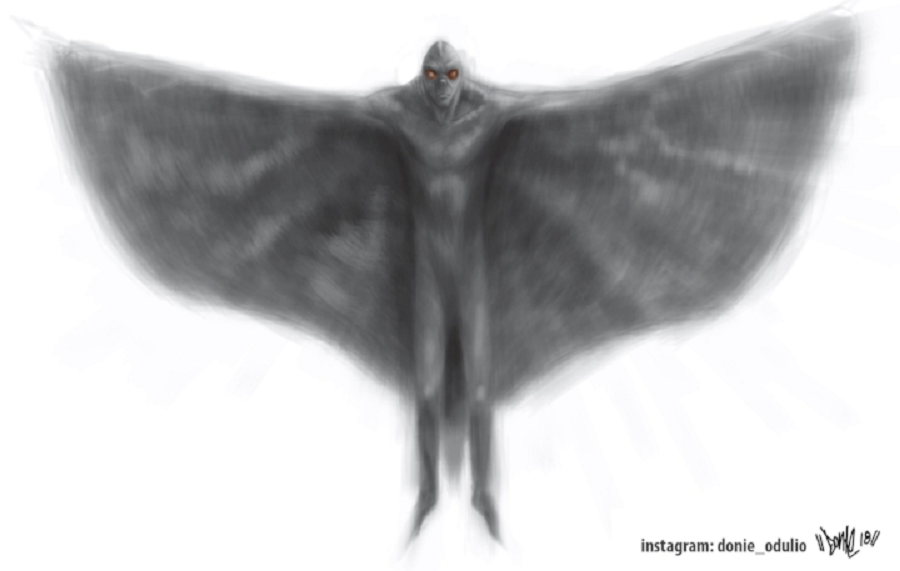Body of Anomalous Big Cat Reportedly Photographed on English Roadside
The photograph shared by Roberts. (Courtney Roberts / Facebook)
The body of what some believe to be an anomalous big cat was photographed last week by Wrexham woman Courtney Roberts, 21, while driving on the A483 near Chester in England, reported Nottinghamshire Live.
Roberts said she shared the image on a Facebook group for lost pets, where she said it was seen by big cat researchers who told her they thought it could be the body of a mountain lion, also sometimes referred to as a cougar or puma.
"You see so many strange looking animals on the side of the road over here. I had to put my phone on record and point it down to the road, unfortunately it isn’t as clear as I’d like it to be. Looking at that picture it does look like a bobcat," Roberts said. "My partner was just looking, and he saw a Scottish wildcat on Google, and I think it looks like one of them but ... in person you can see a spotted pattern on its coat."
Given the interest displayed in her photo, Roberts and her partner resolved to return to the scene and investigate further, but when they arrived only an hour later, they found that the body was gone.
"I’ve just gone on to the bypass with my partner and pulled over, and we stopped exactly where I saw the animal, and now there is no animal there. So, I think someone has seen my post and gone to take it," she said. “There’s no animal there. I’ve literally gone up and down again in my car with my full beams on, but I can’t see any animal there now. So, I don’t know what’s happened in the past hour, but I think someone’s seen my post and they’ve taken the animal.”
Following the disappearance, Roberts suspected that a conspiracy could be at work.
"That’s exactly what I thought, if it were a fox they would have left it, it must have been something of interest, it’s very unfortunate that someone beat me to it," she said.
Canadian adventurer and wildlife photojournalist Jason Kenzie said he thought that the animal could be a juvenile cougar.
“It looks feline, but I believe it’s too large to be a Scottish wildcat," he said. "It could be a Bobcat or Lynx, but really this has the markings of a young cougar.”
Tim Whittard, producer of the documentary Panthera Britannia Declassified, which claimed to have proven the existence of big cats in the United Kingdom using DNA evidence, said, "This wouldn’t be the first time the body of a big cat has been seen road-killed in Britain. This is the fourth report I’m aware of in less than three months, and there are several high-profile cases of similar incidents."
Whittard agreed with Kenzie, adding, “Honestly, as daft as it might sound, I really do think you’d be far less likely to see a Scottish wildcat in this location than a puma.”
Reports of anomalous big cats are relatively common in the UK, with several high profile sightings reported within the last several years, including a man who said that he found a “half-eaten deer carcass” after spotting a big cat while walking with his family to Fernworthy Reservoir at Dartmoor in Devon, a witness who recorded a video of a dark-colored animal crossing a field in the Tynedale district of Northumberland, a mysterious black animal appearing in the background of Good Morning Britain, one witness who claimed their dog had been attacked by a “large cat” while they were out walking in Birstall, a woman in Cumbria who shared a series of photos featuring an animal that many believe to be a puma, the image of a "large wildcat with big claws" shared by a man in Cambridge, and two reports of a large, anomalous black cat that came out of North West Leicestershire.
Experts question the existence of a population of true big cats in Britain, especially a breeding population. Any such animals that are recovered, like the puma found in Scotland in 1980, are largely blamed on an escaped or released pet that had been kept illegally—although hardline skeptics explain most sightings away as domestic cats that are seen near to a viewer but are misinterpreted as larger animals seen further away and refuse to accept even the idea of exotic pet ownership to explain the phenomenon.
In contrast, certain cryptozoologists believe that Britain has secretly supported a population of leopards, or some other species of large feral feline, for thousands of years—an idea that is supported by folklore stretching back to the beginning of recorded history.







